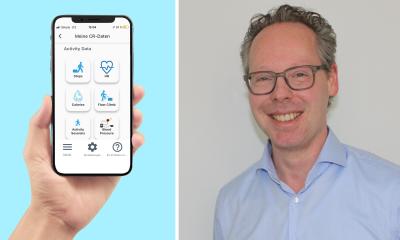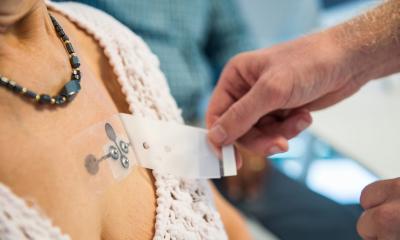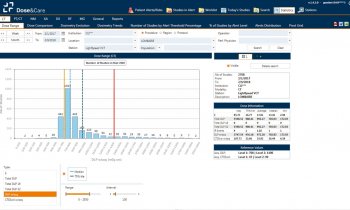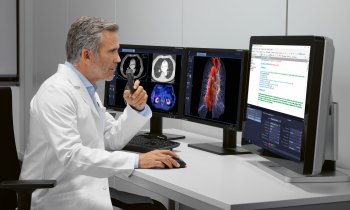Article • LVAD patients monitoring
5G and AI: Telemedicine support for chronic heart failure patients
A new research project will embrace the combination of 5G telecommunications technology and Artificial Intelligence to offer continuous remote monitoring to seriously ill heart failure patients.
Report: Mark Nicholls
Image source: Unsplash/Sander Weeteling
An increasing number of chronic heart failure patients are receiving Left Ventricular Assist Devices (LVADs) to help them live with their condition, but physicians acknowledge the need to effectively monitor them because of the severity of their illness and possible complications from the device or adverse events. Remote telemedical monitoring has previously been restricted because of lack of technology but 5G is now – for the first time - offering the chance to constantly monitor the function of the LVAD as well as physiological data from the patient. The potential is to be studied in Germany via the three-year 5GMedCamp project where chronic heart failure patients will be monitored 24 hours a day.
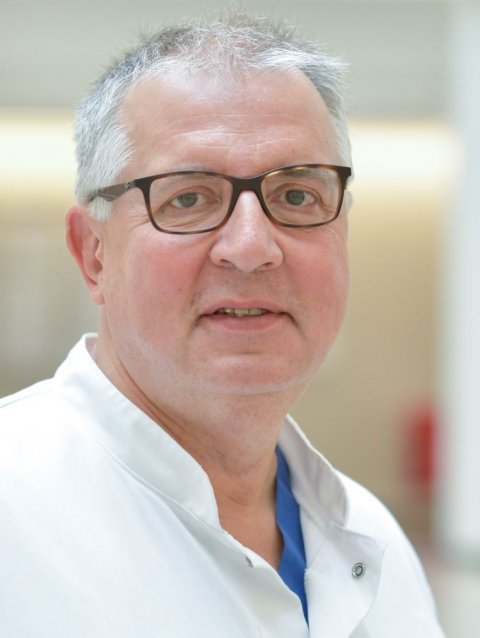
Image source: Charité
Study leader Dr Friedrich Köhler explained that Artificial Intelligence is a crucial component to support the analysis of the vast amounts of data that the constant monitoring will generate. The 5GMedCamp project is being led by the Charité – Universitätsmedizin Berlin with the German Heart Center Berlin (DHZB), the Fraunhofer Heinrich Hertz Institute (HHI), and two technology companies (SectorCon GmbH and SYNIOS Document & Workflow Management GmbH).
Dr Köhler, who is Head of the Center for Cardiovascular Telemedicine at the Charité, said: “Telemedicine offers great potential for early diagnosis and treatment of any complications that may arise, such as bleeding, infections or technical problems with the implant. Therefore, 24-hour telemedical support on all weekdays is medically very relevant for this group of patients, but requires continuous transmission and monitoring of the data.”
Patients with LVAD are a good use case and our project could be the first to pioneer this and to move from single, short, measurements in remote patients to continuous monitoring
Friedrich Köhler
LVADs, previously seen as a temporary support for the circulatory system before a heart transplant, are increasingly fitted in patients as permanent treatment options. In Germany, more than 1,000 chronic heart failure patients a year receive them. However, because of the need for close monitoring, the consortium is researching how to improve the follow-up care for these patients using modern telemedicine and 5G mobile communications standards for continuous vital data transfer in combination with an AI-based clinical decision support system for the telemedical care of patients after implantation of a permanent LVAD.
Dr Köhler said current remote monitoring measures data such as blood pressure or ECG at certain time points, but the 5G-capable non-invasive measuring devices will constantly record blood pressure, ECG, anticoagulation status and renal failure. “Patients with LVAD are a good use case and our project could be the first to pioneer this and to move from single, short, measurements in remote patients to continuous monitoring,” he added.
The study will assess how effectively telemedicine monitoring delivers technical data direct from the device, alongside the physiological data from patients. The study is complex because of the transmission and management of continuous data from patients moving between different 5G campus networks, public networks and home networks that will transmit the large amounts of data quickly and in real time.
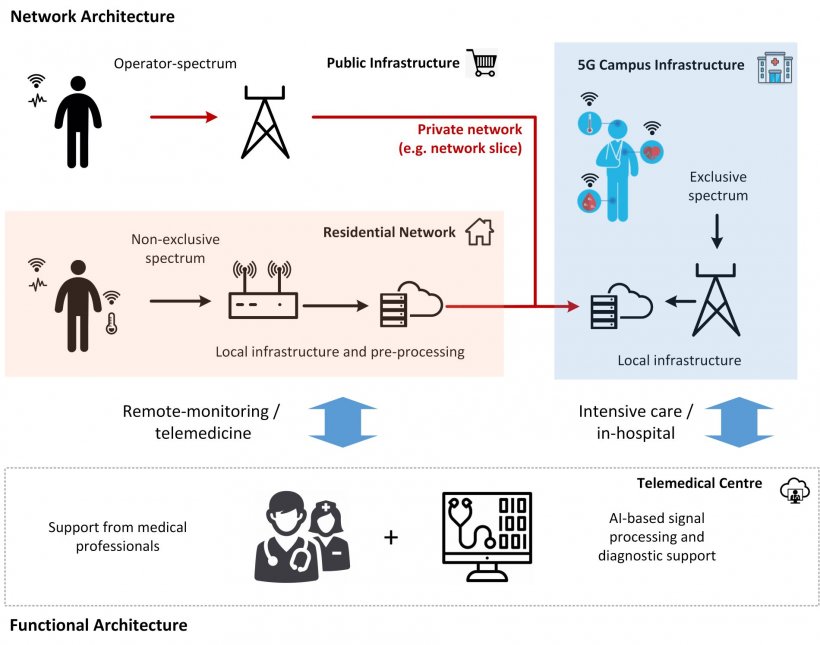
Image source: Fraunhofer HHI
It also underlines the importance of the diverse expertise mix in the consortium with HHI as a technical partner alongside technology companies, and the LVAD experience of DHZB. Dr Slawomir Stanczak, Head of the Wireless Communication and Networks Department at HHI stressed the need to integrate data protection and security into the data transmission.
The research is in the earliest stages and will assess the technology and compare conventional datasets with those offered by the 5G campus map, before leading to a patient study and a clinical trial. LVAD patients still need support from specialised centres for what remains a complex therapy and while remote monitoring of class 2 or class 3 heart failure patients is being conducted, the hope is that this technology will enable more severe heart failure patients to be monitored remotely outside of specialist centres and improve outcomes in terms of total mortality.
Profile:
Dr Friedrich Köhler is Professor of Cardiology and Head of the Center for Cardiovascular Telemedicine at the Charité. He is also project leader of 5GMedCamp with research interests in heart failure, digital cardiology and congenital heart defect in adults.
06.05.2021



